Dharashiv
Introduction to Dharashiv District
Dharashiv District, which people used to call Osmanabad, sits in the southeast of Maharashtra. This area has a long history, lots of culture, and tough nature. You’ll find it in the Marathwada region. The land here looks different in different places. The Deccan Trap basalt rocks shape much of it. Several big rivers give life to the area, including the Manjara, Bhima, Sina, and Godavari.
From its old Dharashiv Caves—first Buddhist and later changed to Jain monuments—to the Naladurg Fort, a grand building showing how important the area was during the Mughal and Nizam times, the district has many places that matter in history. Tuljapur, where the respected Tuljabhavani Temple stands, makes the area even more important as a place of worship.
Dharashiv is a mix of Hindu, Muslim, and Jain communities living together well and celebrating many festivals and customs all year long. Even with hard times like food shortages, diseases, and the big 1993 Killari earthquake, the district has always shown it can bounce back and stay united.
Now, Dharashiv shows off its deep roots mix of cultures and tough people. This makes it a special and cool place to visit in Maharashtra.
The Rich History
Dharashiv, once called Osmanabad, is a district in Maharashtra with a long history. Many dynasties ruled this area, such as the Mauryas, Satavahanas, Rashtrakutas, Yadavas, and the Bahmani, Bijapur, and Mughal empires. It was part of the Hyderabad State under the Nizam’s control before it joined independent India in 1948. In 2023, officials changed the district’s name to Dharashiv, inspired by the ancient Dharashiv Caves. This new name shows the district’s strong ties to its culture and history.
One of the coolest things about Dharashiv is its old rock-cut caves called the Dharashiv Caves. These caves, dug out of solid rock, go way back to the 3rd century BCE. They’re full of detailed carvings and writings that show off the area’s artistic roots. When you check out these caves, it’s like taking a trip to the past. They prove how skilled and dedicated the craftsmen who used to live here were.
The district is home to many communities, each adding to the rich cultural mix. From lively celebrations at local festivals to traditional dances and folk music, you’ll see that Dharashiv’s spirit is strong and active. Joining locals during these events will give you a real experience you’ll remember for a long time.
Top Tourist Attractions in Dharashiv
Dharashiv has attractions for all kinds of interests. From old landmarks to natural wonders, each place has its own story to tell. Here are some top spots you should add to your trip:
Religious Sites
- Tuljabhavani Temple: You’ll find this sacred temple in Tuljapur. It’s one of the three and a half Shakti Peethas in Maharashtra honoring Goddess Tulja Bhavani. Loads of people flock here to seek blessings and catch a glimpse of the deity. The place holds deep spiritual meaning and has a long, interesting past. Folks see the goddess as a guardian who keeps the moral compass pointing north and offers divine wisdom.
- Ter (Tagar): You’ll find Ter 22 km from Dharashiv. This place has a rich history as a trading hub and is home to temples along the Terna River. The town gains cultural and spiritual importance from the presence of saint Goroba Kumbhar and old holy sites, including the Shri Nrishinha temple.
Forts
- Naldurg Fort: You’ll find Naldurg Fort 50 km southeast of Dharashiv. This old military stronghold sits on basalt rock. Its tough walls and gun towers show how important it was for defense. The fort stretches about one and a half miles around.
- Paranda Fort: This fort has a gripping past, with power changing hands among different rulers, including the Mughals, Nizam Shahis, and Adil Shahis. It represents the area’s changing political scene and military significance through the ages.
Caves
- Dharashiv Caves: The Dharashiv Caves hide in the Balaghat Mountains. These old sites have statues and art from the Gandharva time showing people lived there long ago. History buffs and those who love old stuff will find these caves interesting.
Each of these attractions gives you a chance to explore the heritage and natural beauty of Dharashiv more, making your visit more memorable.
Best Time to Visit
The ideal time to visit Dharashiv is between October and March, when the weather is pleasantly cool and conducive for exploration.
| Season | Months | Weather | Activities/Highlights |
|---|---|---|---|
| Monsoon | June to September | Lush greenery, heavy rainfall | Scenic views, but outdoor activities may be hindered by rainfall. |
| Winter | October to February | Pleasant, cool, and dry | Ideal for trekking, sightseeing, photography, and exploring local markets with vibrant landscapes. |
If you’re interested in experiencing the local festivals, consider timing your visit to coincide with Ganesh Chaturthi or Dussehra. Being part of these celebrations will provide you with unique insights into the culture and traditions of Dharashiv.
Why Dharashiv Should Be on Your Travel Bucket List
Dharashiv is a hidden gem that deserves a spot on your travel bucket list. With its rich history, stunning natural landscapes, vibrant culture, and delectable cuisine, this enchanting district has something for everyone.
As you explore its ancient caves, majestic forts, and bustling markets, you’ll discover the warmth of its people and the richness of its heritage. The captivating beauty of the region, combined with the authenticity of its traditions, makes Dharashiv a destination unlike any other.
Travel Essentials
Here are the travel essentials one should know
Top Attractions
Discover the beauty and culture of Maharashtra through our curated experiences
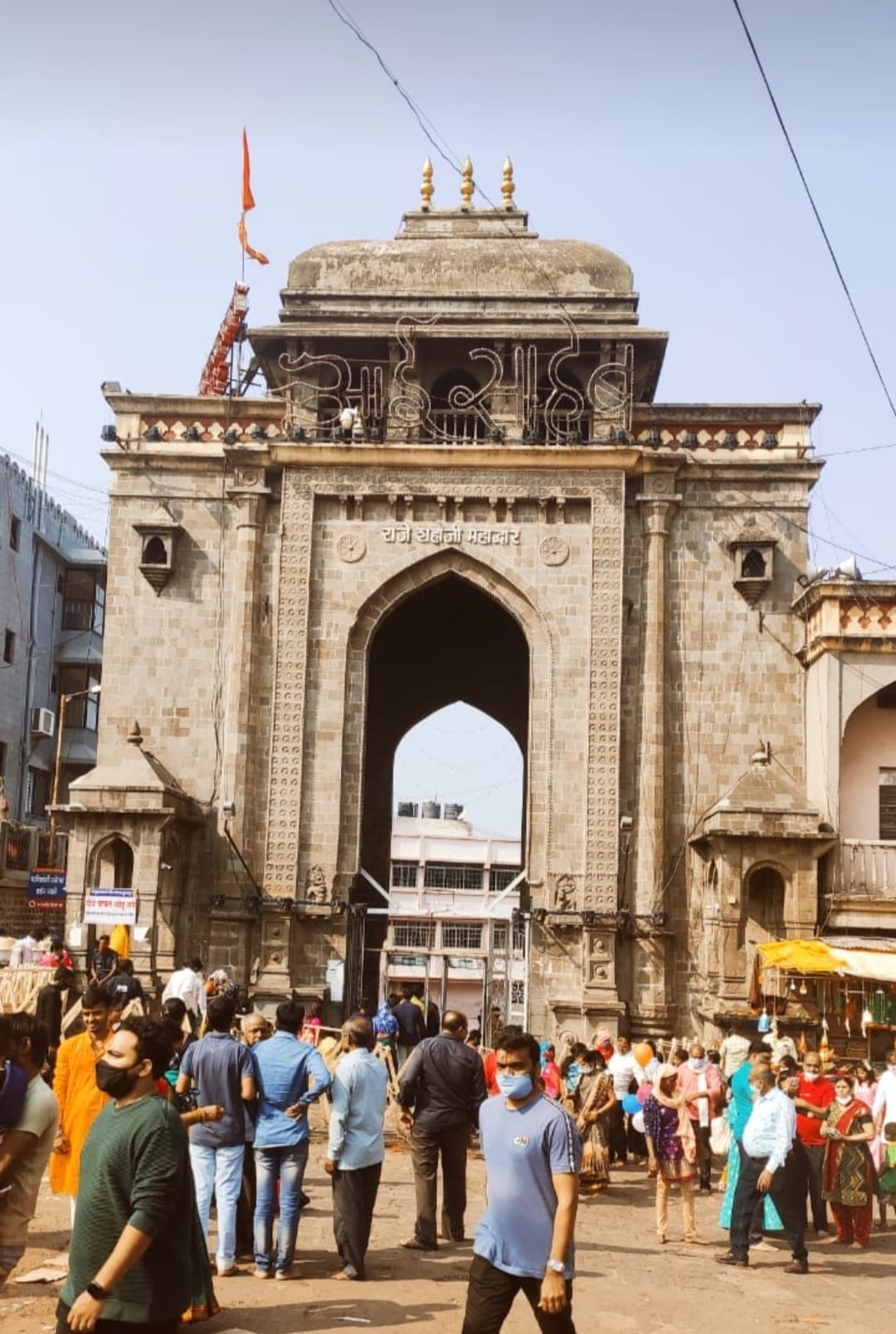
Tulja Bhavani Temple
Pay homage at this revered Hindu temple dedicated to Goddess Bhavani, known for its intricate architecture and spiritual significance.
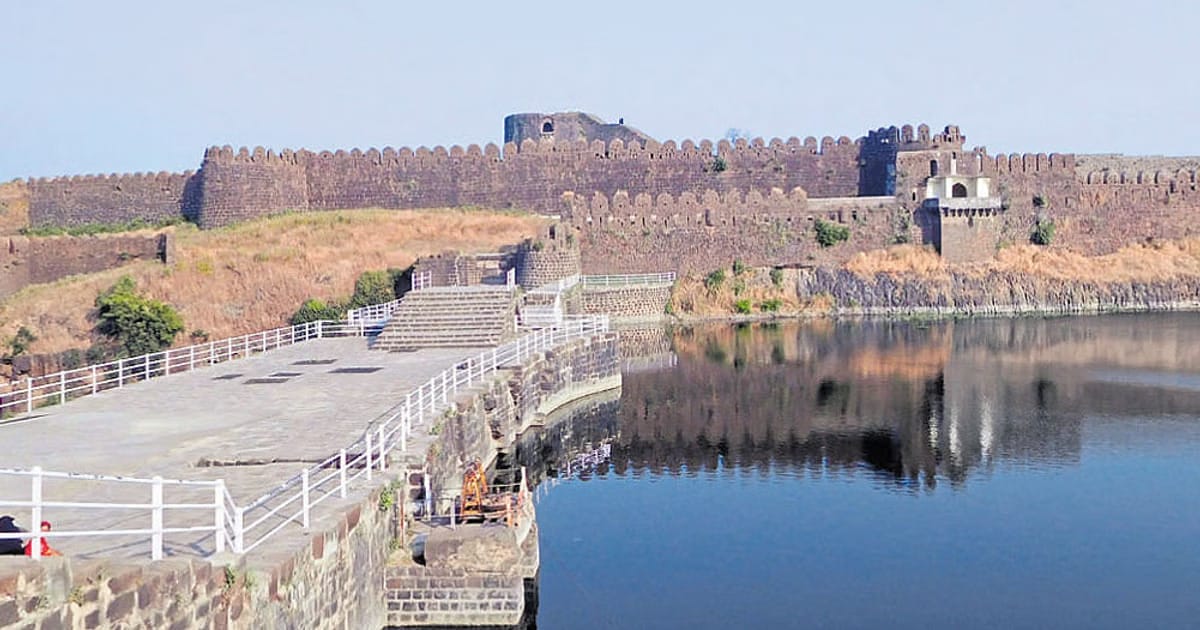
Naldurg Fort
Explore the majestic Naldurg Fort, an ancient fortress steeped in history and offering panoramic views of the surrounding landscape.

Dharashiv Caves
Discover the ancient rock-cut Dharashiv Caves, adorned with intricate carvings and sculptures, showcasing the region's rich cultural heritage.

Siddheshwar Temple
Visit the Siddheshwar Temple, a prominent pilgrimage site dedicated to Lord Shiva, known for its peaceful ambiance and religious fervor.

Bhuleshwar Temple
Experience tranquility at the Bhuleshwar Temple, nestled amidst lush greenery and offering a serene retreat for devotees and nature lovers alike.
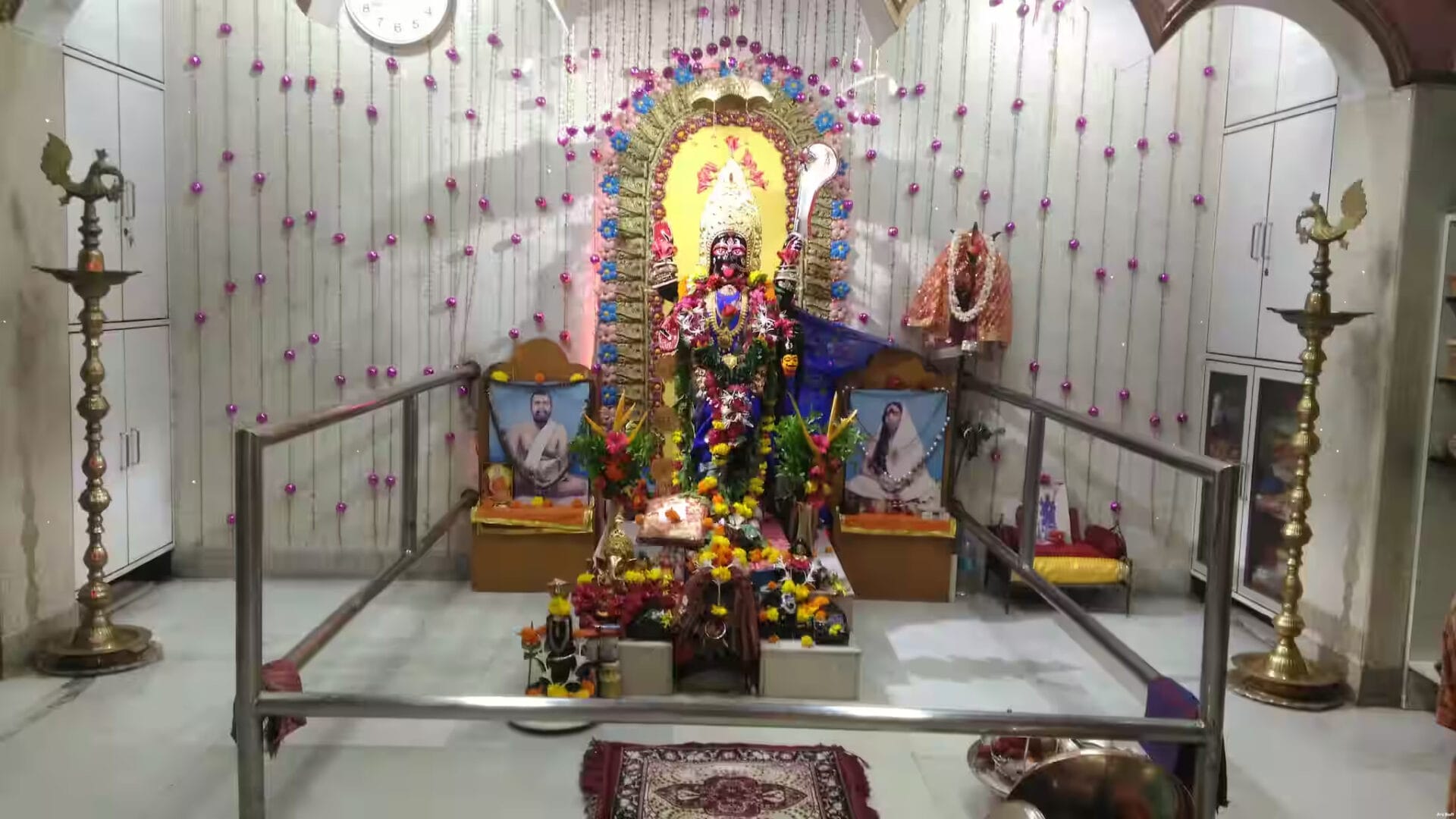
Saraswati Temple, Washi
Seek blessings at the Saraswati Temple in Washi, known for its serene surroundings and religious significance among devotees.
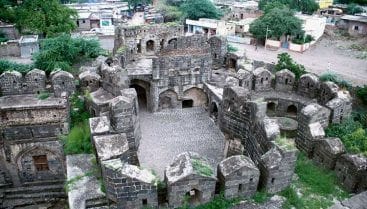
Paranda Fort
In 1599, Mughals defeated Nizam Shahi of Ahmednagar. Though Emperor Akbar appointed his officers to look after the kingdom of the Deccan, the Nizam Shah’s officers refused to receive orders from them. They had lost their independence. They declared Murtaza, the son of Shah Ali king and made Paranda Fort, about 75 miles south east of Ahmednagar capital.
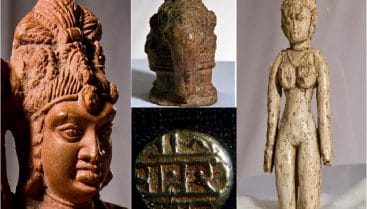
Ter (Tagar)
22 kms from Osmanabad At the distance of tere villages, ancient civilizations have become clear even today. The ancient region of Terai, known for its regional trade, is known by the name of the famous national saint Gorobakka Kumbhar. The village is old in this village and its temple is on the banks of the River Titanas.


